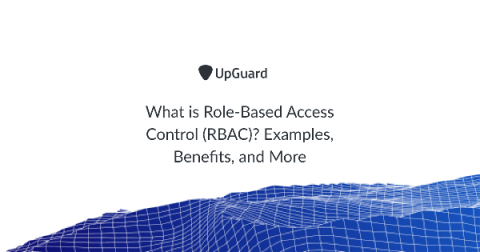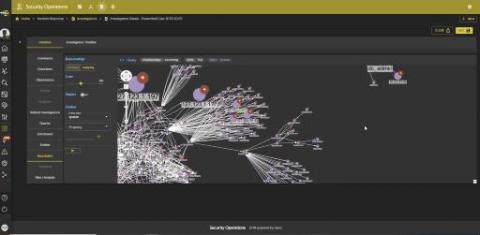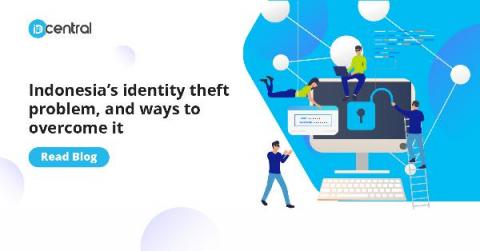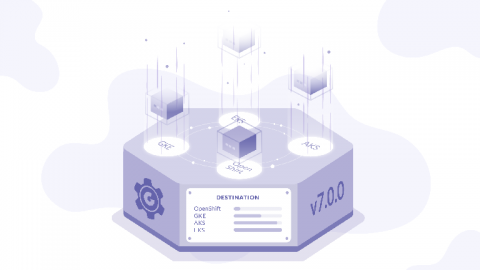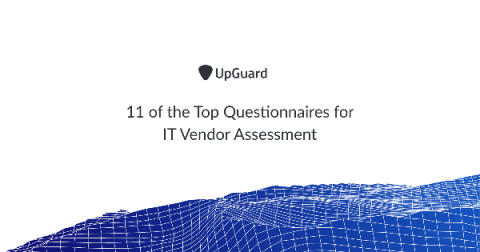What is Role-Based Access Control (RBAC)? Examples, Benefits, and More
Role-based access control (RBAC), also known as role-based security, is an access control method that assigns permissions to end-users based on their role within your organization. RBAC provides fine-grained control, offering a simple, manageable approach to access management that is less error-prone than individually assigning permissions. This can reduce cybersecurity risk, protect sensitive data, and ensures that employees can only access information and perform actions they need to do their jobs.


